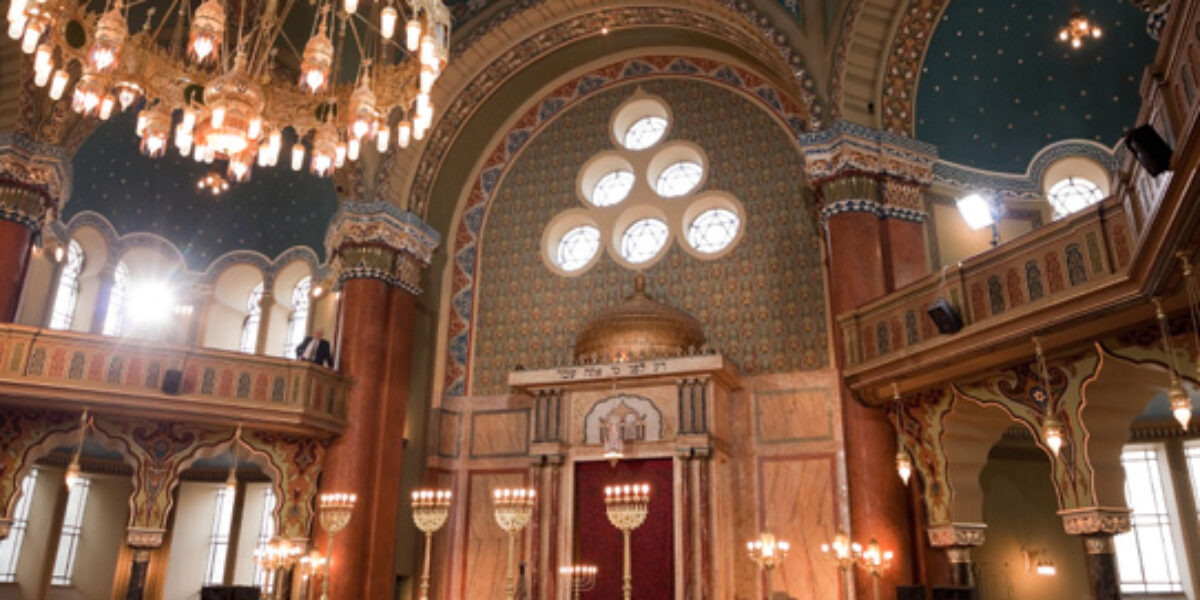After the Babylonians destroyed the temple and carried the people of Judah into exile, synagogues emerged as the new centers of worship.
Synagogue comes directly from a Greek word that means “gathering.” In the Bible, a synagogue is any group of people who meet together for worship. Just when the synagogue meetings began is not certain, but they may have begun after the Babylonians defeated Judah and took many of the Jewish people away in 586 B.C. While in Babylonia, the people could not worship or offer sacrifices to God at the temple in Jerusalem, so they were forced to find different ways to worship.
Later, the Jewish people began moving to other parts of the world, especially to Egypt, Greece, and areas known today as Turkey and southern Russia. They also began meeting together for worship, study, and to keep their group identity. These meetings were called synagogues. In their own land, Jews continued to have these meetings even when Seleucid kings tried to force them to worship Greek gods. One of these kings, Antiochus IV Epiphanes, who ruled Palestine from 175 to 164 B.C., claimed that he himself was a god, just as Alexander the Great had done years before him. Jewish priests from the family known as the Maccabees led a revolt against the Greek leader. They gained freedom for the Jews and ruled the land, but the actions of the Maccabean leaders later caused divisions among their own people. Some of the people were not content just to go to the temple for worship. They met in homes and public rooms to study the Scriptures and find the real meaning of their lives as God’s people.
This was the situation during the lifetime of Jesus (Mark 1:21; 6:2) and the apostles (Acts 1:12-14; 9:2-20; 13:5). The places where Jews met outside their own land became known as “places of prayer” (Acts 16:16). After the Roman military forces destroyed the Jerusalem temple in A.D. 70, the temple’s priests no longer had a place to lead the people in worship of God. With the loss of the temple, these gatherings to pray and study the Law (Torah) became the most important feature of Jewish worship and community experience throughout the Mediterranean world. The Jewish people continued to meet in homes or public halls, as was the case when Paul was in Ephesus (Acts 19:8-10). It wasn’t until the second and third centuries A.D. that houses were remodeled or new meeting places were built to serve as formal settings for worshiping God. These specially designated meeting places also came to be known as synagogues. The remains of many of these buildings have been found in various parts of the land of Israel and throughout the countries that border the Mediterranean Sea.




